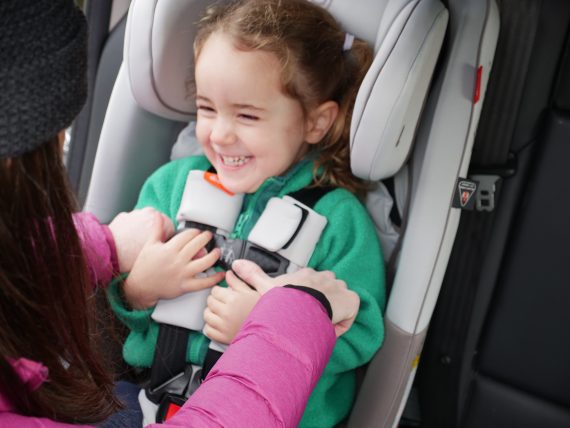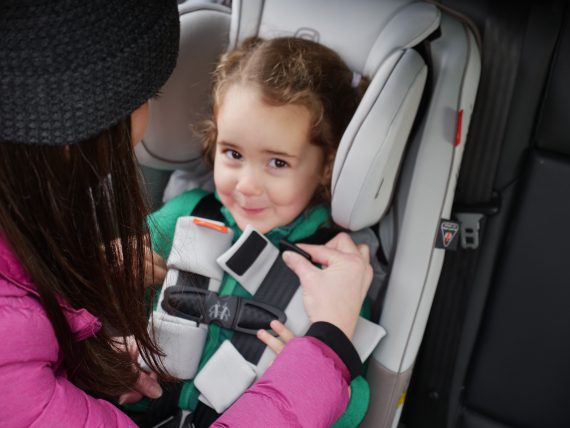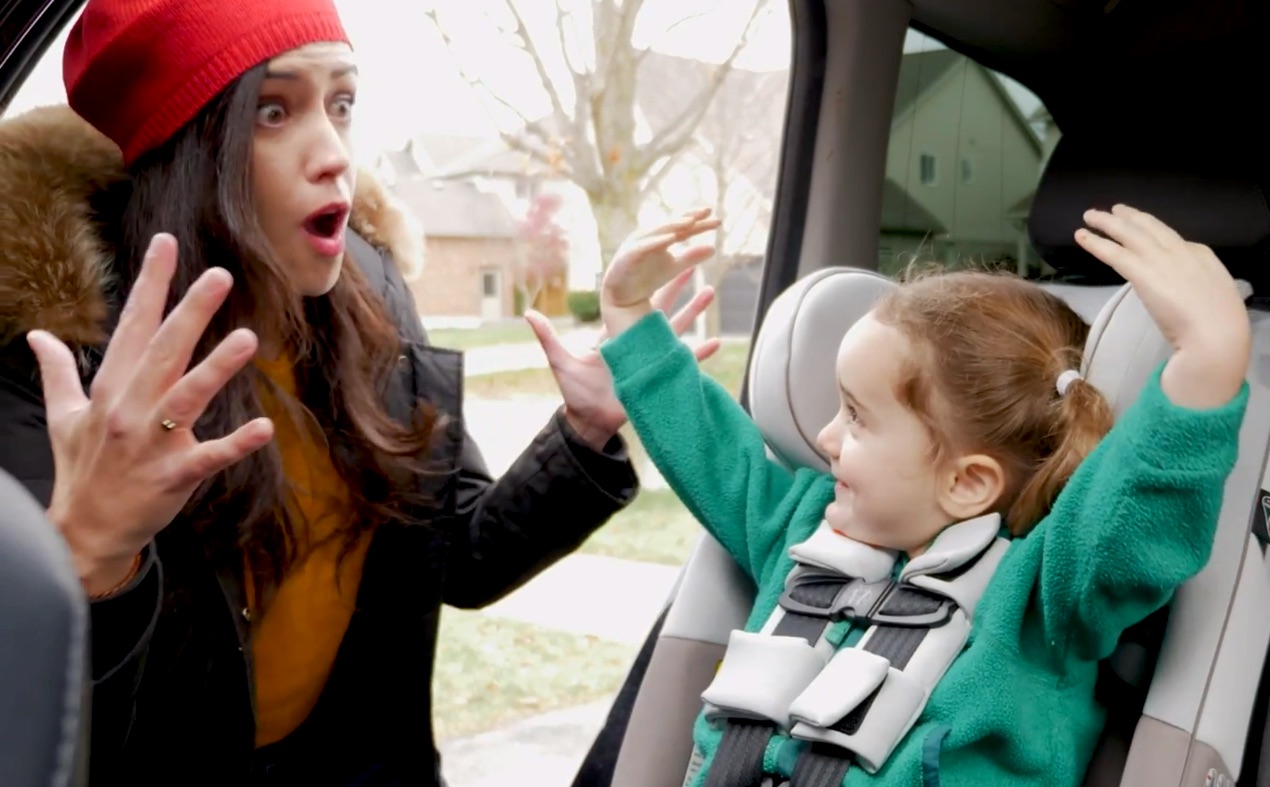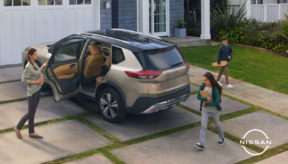As parents, we all want what’s best for our kids but figuring out how to keep them safe in the car can be overwhelming. Since you can’t just wrap your babies in bubble wrap, here are some key car seat safety tips from PLN’s Child Passenger Safety Technician (CPST).
Where is the safest place in the vehicle to put my car seat?
There is no universally correct position for every car and every car seat. The right answer depends on the vehicle and car seat you have. Every crash is different and you can’t necessarily predict what part of the vehicle will be most impacted, also not every car seat fits perfectly in every vehicle seat and position. So, the safest place for your car seat is where you can get a correct and safe installation.
When should I turn my kid from rear-facing to forward-facing?
Did you know that rear-facing has been shown to be 5x safer than forward-facing for young children? Turning forward-facing is not a milestone to rush to check off the list. For the bubble wrap enthusiasts out there, consider keeping your kid rear-facing as long as possible.
Children are safest if they are kept rear-facing beyond the age of two and it’s even better if they stay that way until they outgrow one of the rear-facing limits of their convertible car seat. That might be height or weight or the amount of space between the top of their head and the top of the shell of the seat. Which limit is outgrown first varies from child to child and car seat to car seat so check your user manual (so important to read the manual!) and familiarize yourself with the limits of your child’s seat.
Oh and don’t worry if you see your kid’s feet touching the seat behind them. Have you seen how bendy your kids are? They are totally happy sitting criss-cross applesauce, lounging with their legs up the back seat, or hanging their legs over the sides of their seat. And it’s perfectly safe as well.
How can I tell if my kid is buckled in properly?
We know the basics of clicking the tabs into the crotch buckle but how do you know if everything else is set up properly? You should always refer to your user manual for special instructions or settings that may be specific to your seat (oooh yes, that manual again) but generally, you can keep these tips in mind while buckling up:
Harness height: When rear-facing, the car seat harness should be threaded through the harness slot that is at or just below the child’s shoulders (or clicked into place at or just below the shoulders in the case of a no-rethread harness). When forward-facing, the harness should be threaded through the harness slot that is at or just above the child’s shoulders (or clicked into place at or just above the shoulders in the case of a no-rethread harness).
Chest clip: Just like its name, the chest clip belongs at chest level (not tummy clip or neck clip). Its job is to make sure the harness straps stay in the right place on the child’s shoulders. So how do you know if it’s right? It should line up with the armpits. I like to do the “tickle test” to check for the right spot: Make an “L” with your thumb and index fingers, place your thumb on the chest clip and poke your index fingers under your child’s arms. If you hit the armpit, you’ve got the right spot for the chest clip and a quick tickle! Don’t forget to also securely fasten the harness into the crotch buckle.

Harness tightness: You need to achieve a fine balance of tight enough to be safe but not so tight that they are uncomfortable. We are talking Goldilocks’ level of harness tightness. Not too tight, not too loose but JUUUUST right. So how do you do it? The harness should pass the “pinch test”. You can do this test by loosening the harness enough to fold over and pinch the harness webbing between your thumb and index finger at the collar bone, with your other hand, pull the tightening strap until the webbing slips out of your fingers and you no longer have enough slack to pinch. That’s tight enough no need to go any further!

So what’s the best car seat to buy?
The best car seat for you is the one that properly fits your vehicle and your child and your budget. It’s important to try before you buy. If you can, go to a store and ask if you can “dry fit” the car seat in your car to see how it fits. It’s also a great idea to seek personalized advice and assistance from a CPST. Many of us volunteer our services for free or for a low cost. All car seats sold in Canada pass the same Transport Canada safety testing. So what’s the difference between them? Car seat brands offer parents and children different features of convenience, comfort, and safety at various price points. The best car seat for your family is the one that fits, your car, your kid, and your budget that you can learn to use safely every time.
*Opinions expressed are those of the author, and not necessarily those of Parent Life Network or their partners.



 Sponsored
Sponsored




